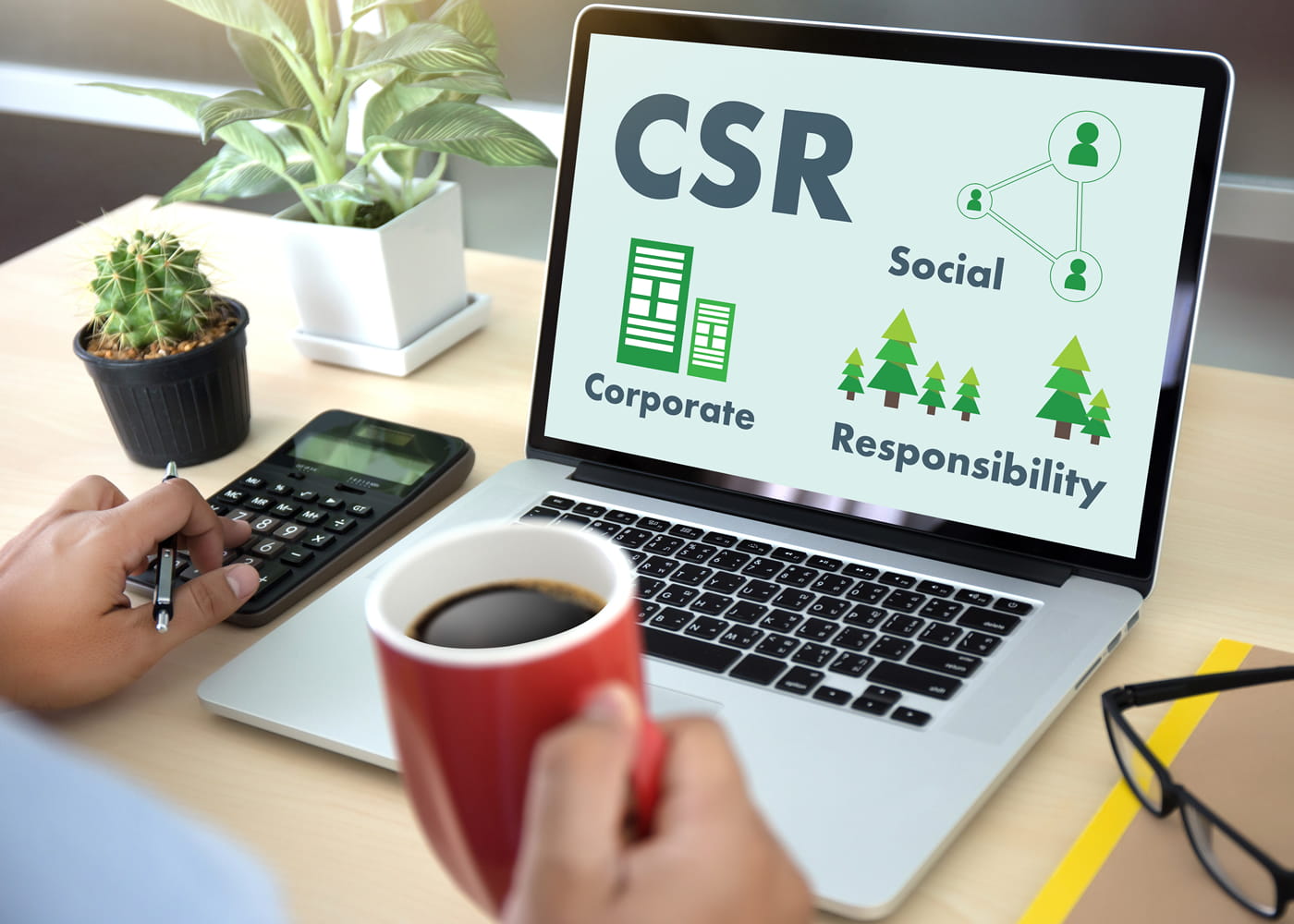Sustainability Trends and Best Practices From Companies Doing It Right
Sponsored by: Bloomberg Environment
Through the discussions, what became abundantly clear is that today’s forward-thinking companies understand that sustainability is an imperative for today’s corporation. It’s no longer about whether to incorporate sustainability into strategy and operations, or even how to do it — but how to do it better.
To that end, among the leaders in attendance at the Bloomberg Environment roundtable, there was overwhelming agreement that while corporate sustainability goals and objectives may look very different from company to company, it is critical to implement four key strategies.
1. Sustainability Should Have a Defined Role and Leader
Whether sustainability initiatives are centralized or decentralized, it is essential that there is a designated person leading the effort. Often, the lead is the company’s chief sustainability officer (CSO). However, companies are also forming an executive sustainability committee or weaving the role into the environmental, health and safety (EHS) department. Wherever the leadership role resides, roundtable leaders agree that stakeholders must be engaged and encouraged to have open lines of communication at all times.2. A Culture of Sustainability Should be Established
The key to creating a successful sustainability culture is to make sustainability a day-to-day priority that’s ingrained in every aspect of the business, not just a checkbox in a budget or as part of a PR campaign. In other words, sustainability needs to be a part of the DNA of the organization. If leadership is committed, then their attitudes trickle down to the rest of the employees and grows everyone’s commitment to sustainability.While executives can’t force their team to care about sustainability, they can increase the likelihood of success if they encourage sustainability-based decision-making at the strategic, operational and organizational levels. An integrated sustainability approach should also require decision-makers to consider not just profit, but also people and the planet. When approached in this holistic manner, sustainability becomes culturally ingrained.
3. Make Sustainability Funding a Priority
One point everyone agreed on is that getting funding for sustainability initiatives is a challenge. Convincing the chief financial officer (CFO) of the monetary value of sustainability initiatives is more difficult than getting funding for traditional EHS compliance initiatives. Successfully making the business case to the CFO for funding often focuses on cost savings. One strategy is to focus on where there is risk to the business and explain how sustainability initiatives will help alleviate that risk.Another common challenge is lack of resources, which goes hand in hand with lack of funding. A potential solution is to pool resources by partnering with other groups or partners that also have a vested interest in sustainability. Whether it’s a corporate brand teaming up with a nonprofit, or a group of competitive brands coming together for the good of the environment, collaboration is key to maximizing resources. A prime example is the recent mega-retailer partnership between Target and Walmart and Forum for the Future, an international sustainability non-profit focused on earth-friendly consumer practices aimed at bringing more sustainable personal care products to store shelves. Despite the competitive nature of their relationship, Target and Walmart set aside their differences in order to meet their shared sustainability goals.
4. Employee Participation is Key to Moving a Sustainability Agenda Forward
Conventional wisdom is that corporate sustainability initiatives are often driven by customers, investors, shareholders, and even by non-governmental organization (NGO) groups or regulatory agencies. However, when asked to rank the top three stakeholder groups driving their company’s sustainability initiatives, employees ranked second (cited by 22% of respondents), behind customers (37%) and ahead of shareholders (15%), policymakers (7%) and NGOs (7%).Based on this surprising finding, it makes sense that the practice of employee education and engagement on sustainability issues has spread rapidly and evolved into a more institutionalized element of companies’ broad sustainability strategies. One way to obtain employee buy-in is to create sustainable practices directly with employees. Companies can get a groundswell of ideas when they bubble up from the bottom. A good example of this is Marks & Spencer, which now has clothes-recycling boxes in its stores benefiting international nonprofit Oxfam. Conceived by an employee, the successful box idea exemplifies the positive economic, social and sustainability impact a single employee can have on a multi-billion-dollar company. Today’s leading EHS&S professionals understand that moving sustainability initiatives forward requires a company-wide commitment, coupled with proven strategies to promote cultural changes, employee engagement and critical funding. By leveraging key learnings from leading companies like those in attendance at the Bloomberg Environment roundtable, EHS&S professionals can help move sustainability efforts to the top of the corporate priority list.
To learn more about Bloomberg Environment's services, click here.
Tags:
Sponsored
About the Author

Mark Kozeal
Bloomberg Environment
Mark Kozeal is the Director of Product Management for Bloomberg Environment, a leading source of legal, regulatory, and business information for professionals. Prior to coming to Bloomberg Environment, Mark was a Senior Information Specialist for the National Clearinghouse on Alcohol and Drug Abuse Information (NCADI), and was a Legislative Correspondent for the U.S. Representative from the Indiana First Congressional District, Peter Visclosky. Mark holds a B.A. in psychology from Saint Meinrad College, in Saint Meinrad Indiana. Mark also serves as the Music Director for St Ambrose Parish in Cheverly, Maryland.

